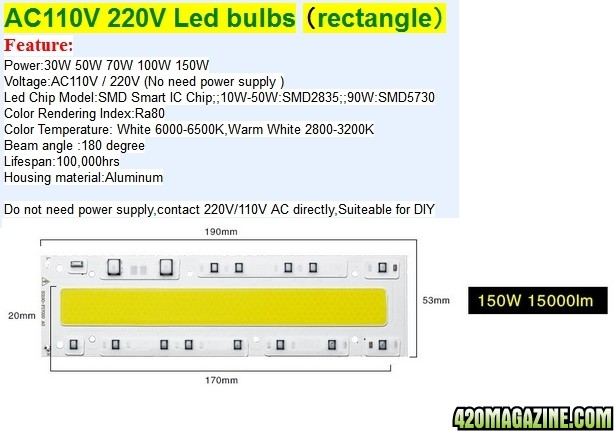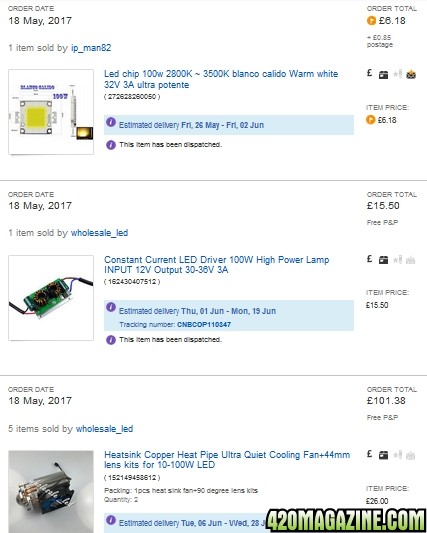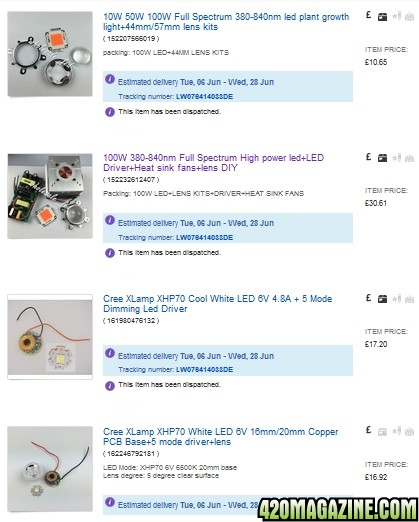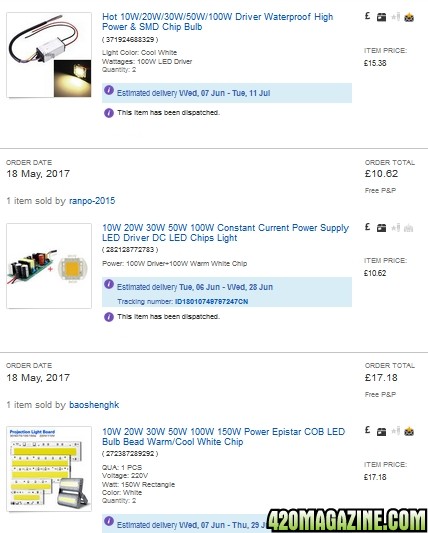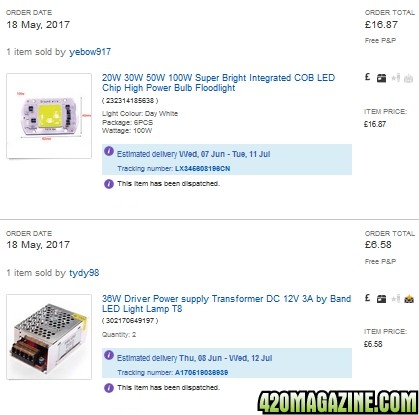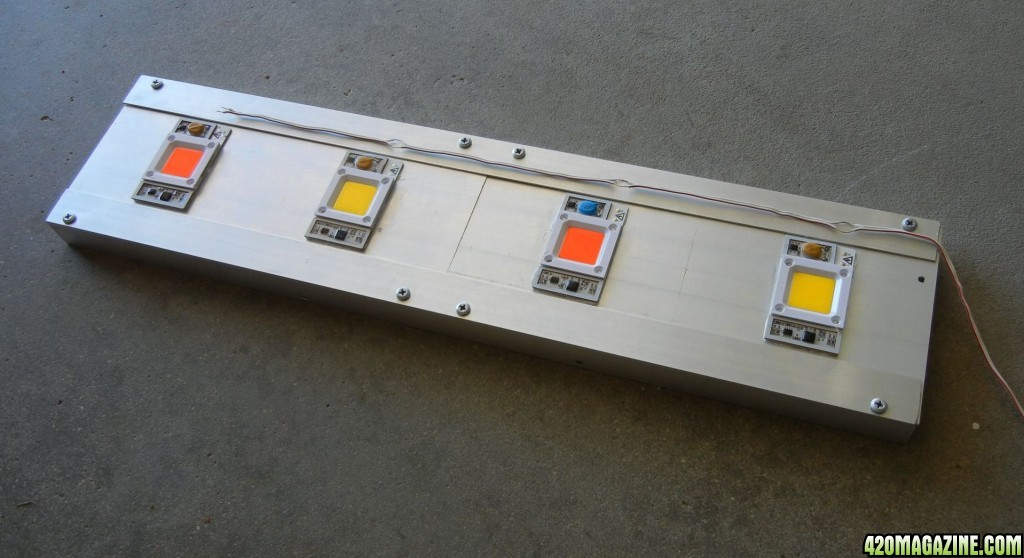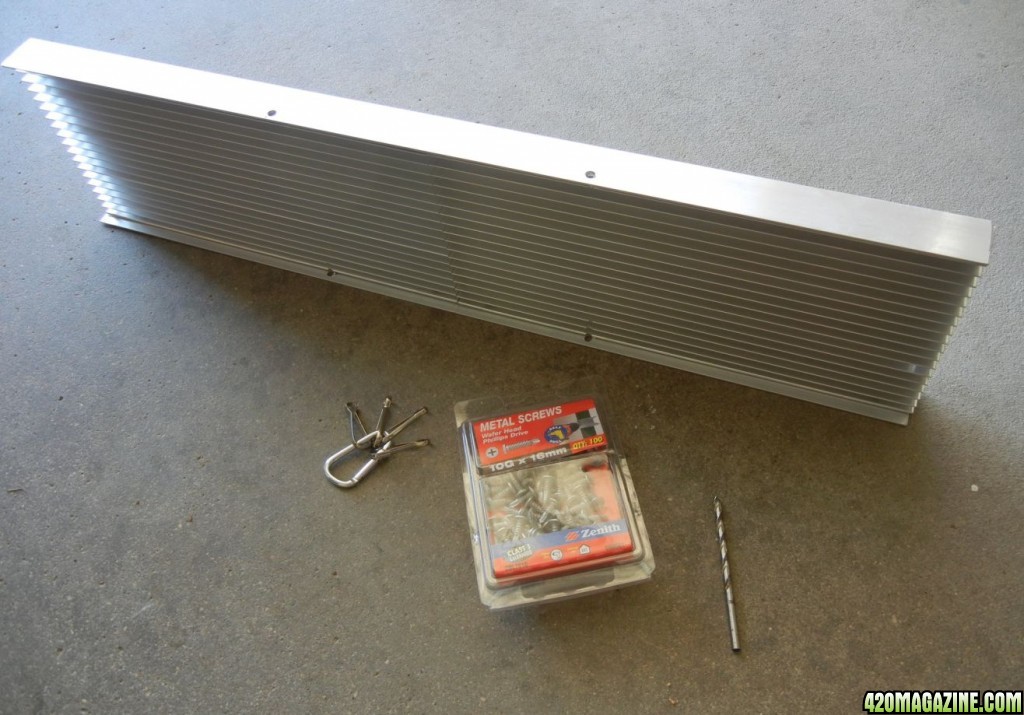So great advancements have come in lighting since Thomas Edison or should we say Nikola Tesla's light bulb idea.
Now the focus is on COB's (chip on board) as LED's aim to take their share of the 100 billion dollar lighting market.
There are a lot of companies striving to lead the LED market like Cree, Lumileds, Vero, Epistar plus many more.
Now we see the emergence of COB's with integrated drivers which can run off 110v or 220v and also the smart ic chips which run driverless where they light half the cob as the currant runs in and the other half as the current returns too the source. It produces a flicker not visible by the naked eye similar to a fluorescent light. I'd love to hear your opinions on these cobs apart from the obvious that we are dealing with live mains so they shouldn't be worked with if one is not competent too do so.
I've ordered some 30w and 50w integrated driver chips and also 50w smart IC chips in warm white and cool white. Also have some 50w full spectrum chips on the way.
I'll be setup with a multi-meter, light meter and thermal gun for testing as well as a good circuit breaker ..
Now the focus is on COB's (chip on board) as LED's aim to take their share of the 100 billion dollar lighting market.
There are a lot of companies striving to lead the LED market like Cree, Lumileds, Vero, Epistar plus many more.
Now we see the emergence of COB's with integrated drivers which can run off 110v or 220v and also the smart ic chips which run driverless where they light half the cob as the currant runs in and the other half as the current returns too the source. It produces a flicker not visible by the naked eye similar to a fluorescent light. I'd love to hear your opinions on these cobs apart from the obvious that we are dealing with live mains so they shouldn't be worked with if one is not competent too do so.
I've ordered some 30w and 50w integrated driver chips and also 50w smart IC chips in warm white and cool white. Also have some 50w full spectrum chips on the way.
I'll be setup with a multi-meter, light meter and thermal gun for testing as well as a good circuit breaker ..



